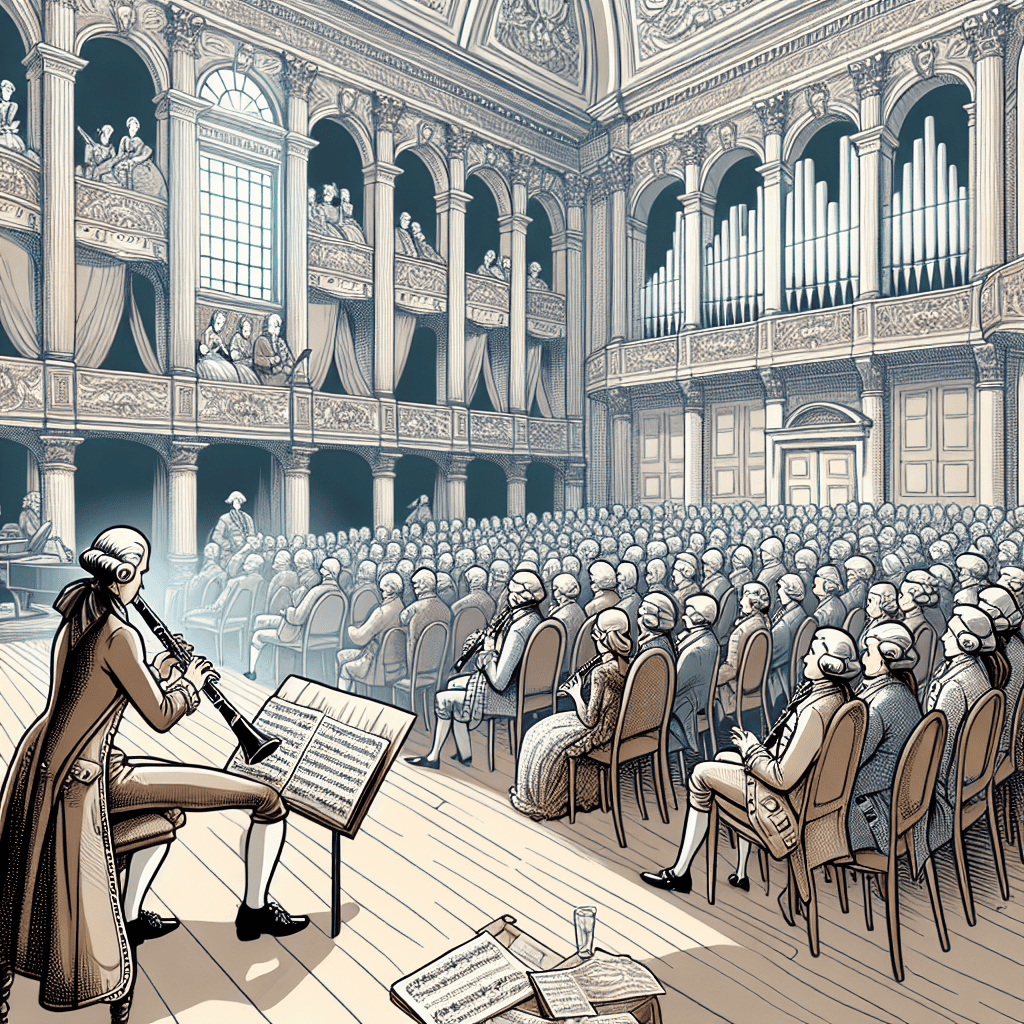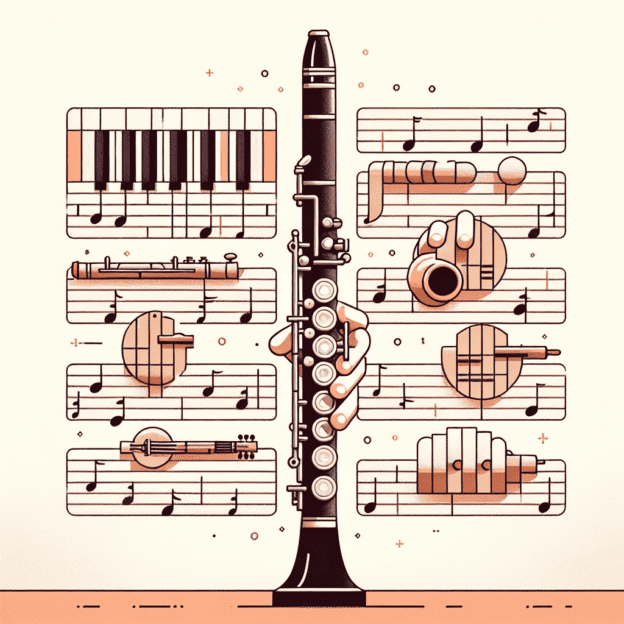The Clarinet in Minimalist Music: A Blend of Simplicity and Expression
Minimalism in music—a movement that embraces simplicity and repetition—has been gaining popularity since the mid-20th century. Using the clarinet in minimalist music creates diverse soundscapes and emotional expressions. The clarinet's warm timbre and expressive range fit perfectly into minimalist compositions. From gentle whispers to bold statements, the clarinet plays various roles in this genre.
One of the key features of minimalist music is its rhythmic patterns. Composers often use phasing, where the same melody is played at different speeds, creating fascinating overlaps. The clarinet shines in this context, articulating clear lines while harmonizing with other instruments. Steve Reich's Clapping Music and his use of clarinet in Music for 18 Musicians demonstrate how this instrument weaves through repetitive structures.
Why the Clarinet Excels in Minimalist Music
The clarinet is an excellent choice for minimalist music for several reasons:
- Wide pitch range
- Ability to create dynamic shifts
- Unique tonal colors
- Blends well with other instruments
These qualities allow the clarinet to shine in minimalist compositions without overpowering the listener. The soft, airy notes of the clarinet complement the steady rhythms typical of minimalist pieces.
| Technique | Effect in Minimalist Music |
|---|---|
| Circular Breathing | Creates sustained tones, complementing repetitive motifs |
| Flutter Tonguing | Adds an ethereal quality to the music |
| Phasing | Produces mesmerizing overlaps of melodies |
The Clarinet in Modern Minimalist Compositions
Contemporary composers continue to explore new ways to use the clarinet in minimalist music. Philip Glass, in works like The Voyage, uses the clarinet to express deep emotions, contrasting repetitive patterns with engaging solo lines. This approach creates an interesting mix of fast-paced fingering and thoughtful pauses, allowing listeners to appreciate the clarinet's distinct sounds.
Collaboration and Experimentation in Minimalist Music
The minimalist approach opens doors for collaboration and new ideas. Clarinetists often work closely with percussion and string players, creating fresh sound combinations. These partnerships lead to exciting performances that stretch the limits of traditional clarinet playing.
Tips for Clarinetists Exploring Minimalist Music
- Listen carefully to minimalist pieces featuring the clarinet
- Practice replicating the styles of well-known minimalist composers
- Try creating your own minimalist compositions
- Join ensembles or groups that focus on minimalist music
- Experiment with different playing techniques
By following these steps, you'll gain a deeper understanding of how the clarinet fits into the minimalist framework and how to shape unique soundscapes.
The Future of Clarinet in Minimalist Music
As minimalist music grows and changes, the clarinet's role will continue to adapt. Its versatility makes it a key instrument in creating new and exciting minimalist compositions. Whether you're an experienced performer or a curious listener, exploring the clarinet in minimalist music offers a fascinating musical journey.
Table of Contents
- The Clarinet in Minimalist Music: A Blend of Simplicity and Expression
- Why the Clarinet Excels in Minimalist Music
- The Clarinet in Modern Minimalist Compositions
- Collaboration and Experimentation in Minimalist Music
- Tips for Clarinetists Exploring Minimalist Music
- The Future of Clarinet in Minimalist Music







